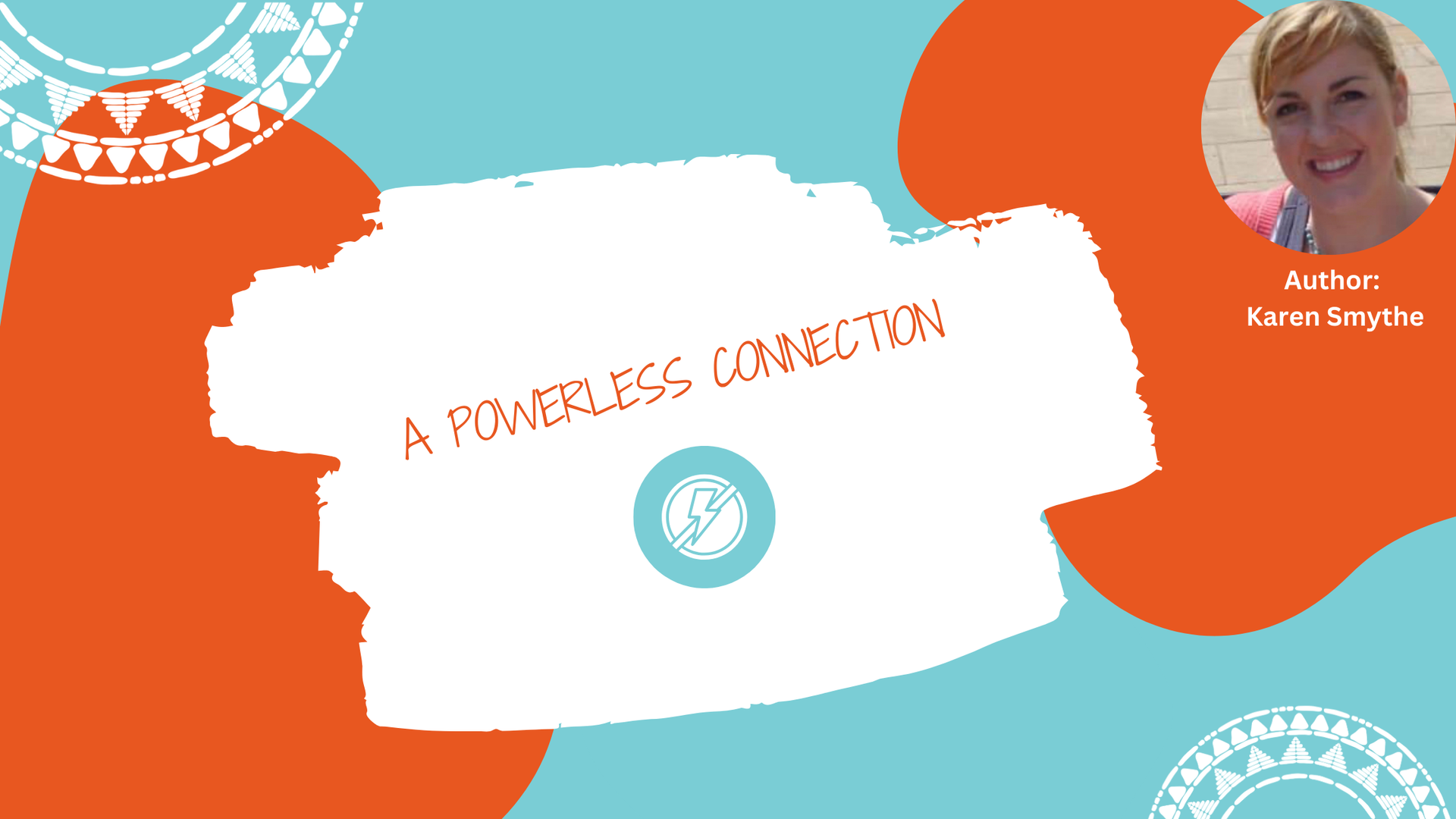Words Can Be Windows or Walls (Rosenberg)
I remember hearing the idea that the words more likely to soak into your ear are ones that are whispered and not yelled!! This really resonated with me...I try to pay attention to what I say but also to notice how I say it.
The way we speak and the language we use really influences our culture. Language is a tool of our operational culture - when our values and words/actions match! If we value respect and empathy, if someone is shouting, do we seek to shout louder because others are watching to fulfil the need of 'power-over' or do we tap into our internal power and chose to respond in a way that isn't triggered by others' 'misbehaviour' but by our own values; seeking to model calm and to find / illustrate words that are windows.
So many of us are familiar with the restorative questions which can offer opportunities to live the values of empathy and accountability. Of course, we breathe intention into the language we use with our tone, pitch, energy, pace and body language. The way we talk will affect how our students listen and what's equally true is that the way they listen so often affects how we talk!!!!
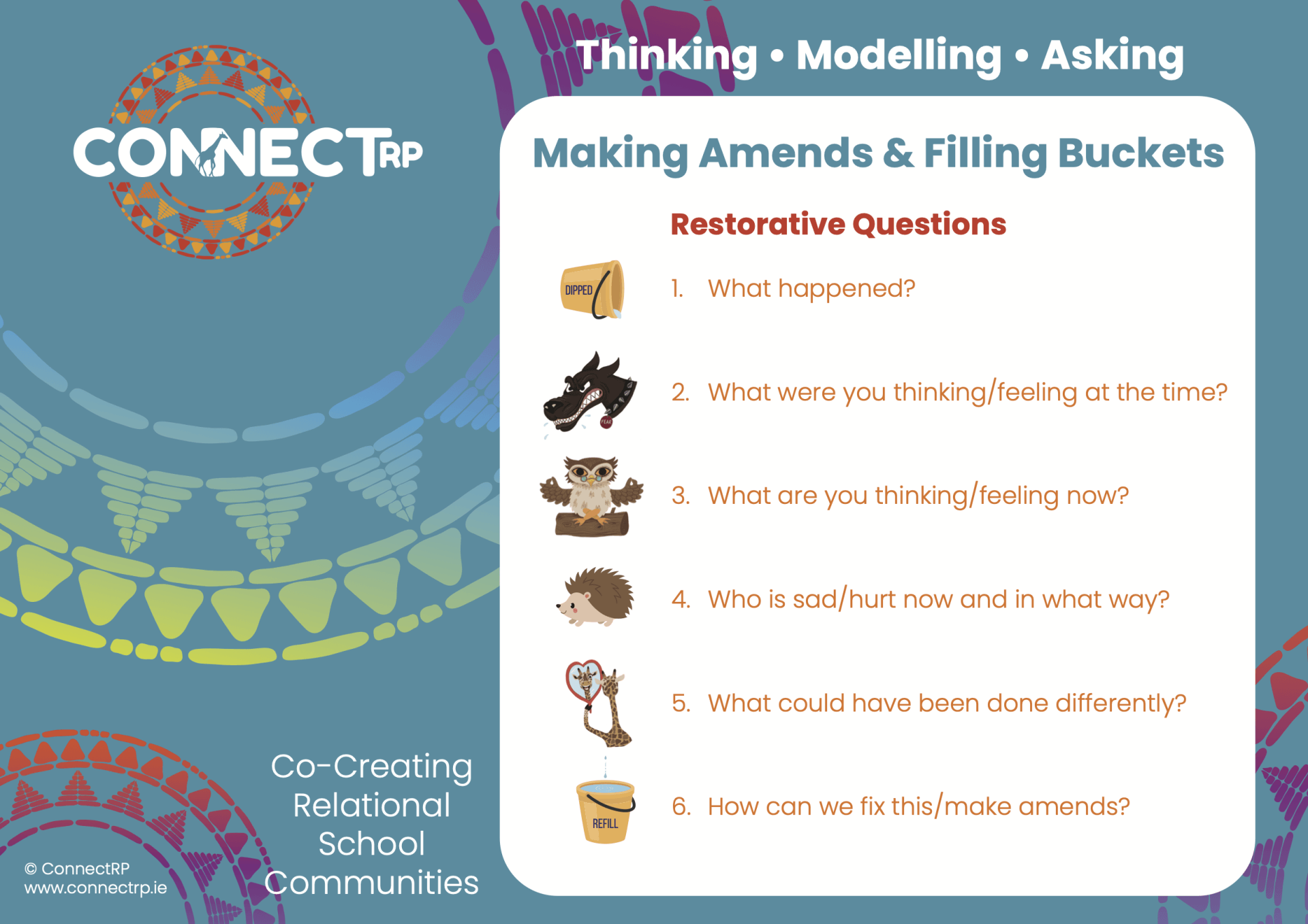
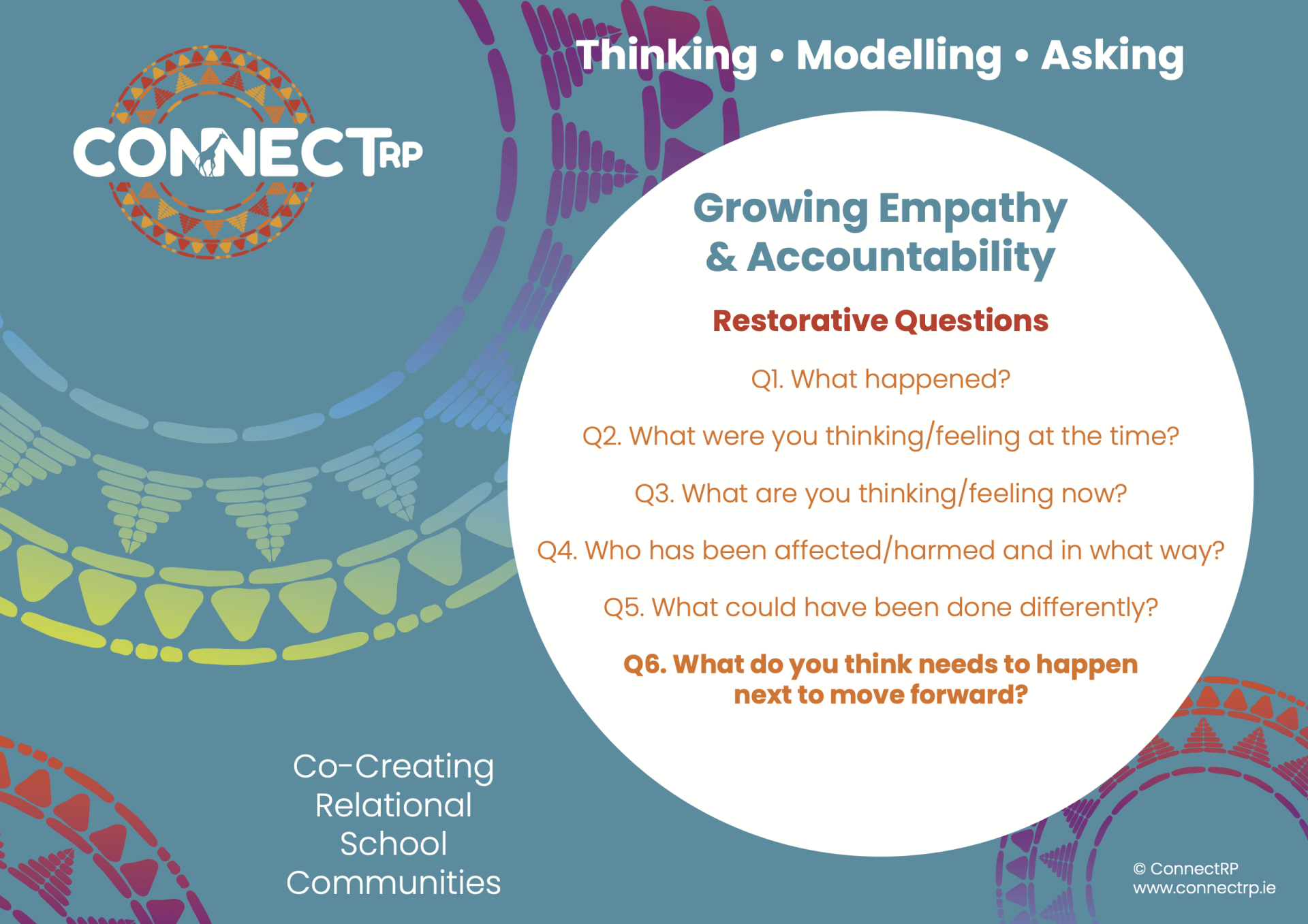
I notice that if I use a softer tone when asking the restorative questions, if I allow the pitch of my voice to go down and use a slower pace, it seems to create more safety, it communicates a genuine curiosity in understanding the person's perspective as opposed to what can be misunderstood as an attack or interrogation about what happened. This can really impact how someone engages with me. I invite you to notice what you say but also how you say things, how others say things. The impact of the tone, pitch, pace..., we'll do so much of this instinctively anyway, as educators we communicate for a living and will often of course have immense skills in this area, but it is interesting when we pay attention, when we observe ourselves and others what we can notice.
In the restorative work that I get to do, I am so often asked about what to do if a student doesn't engage or shuts down or seems disinterested etc. This inspired me to create a Restorative Sound Bites resource that I link with the Connect RP RESPECT acronym I created to support us to explicitly link language with values - illustrating how our language creates our operational culture.
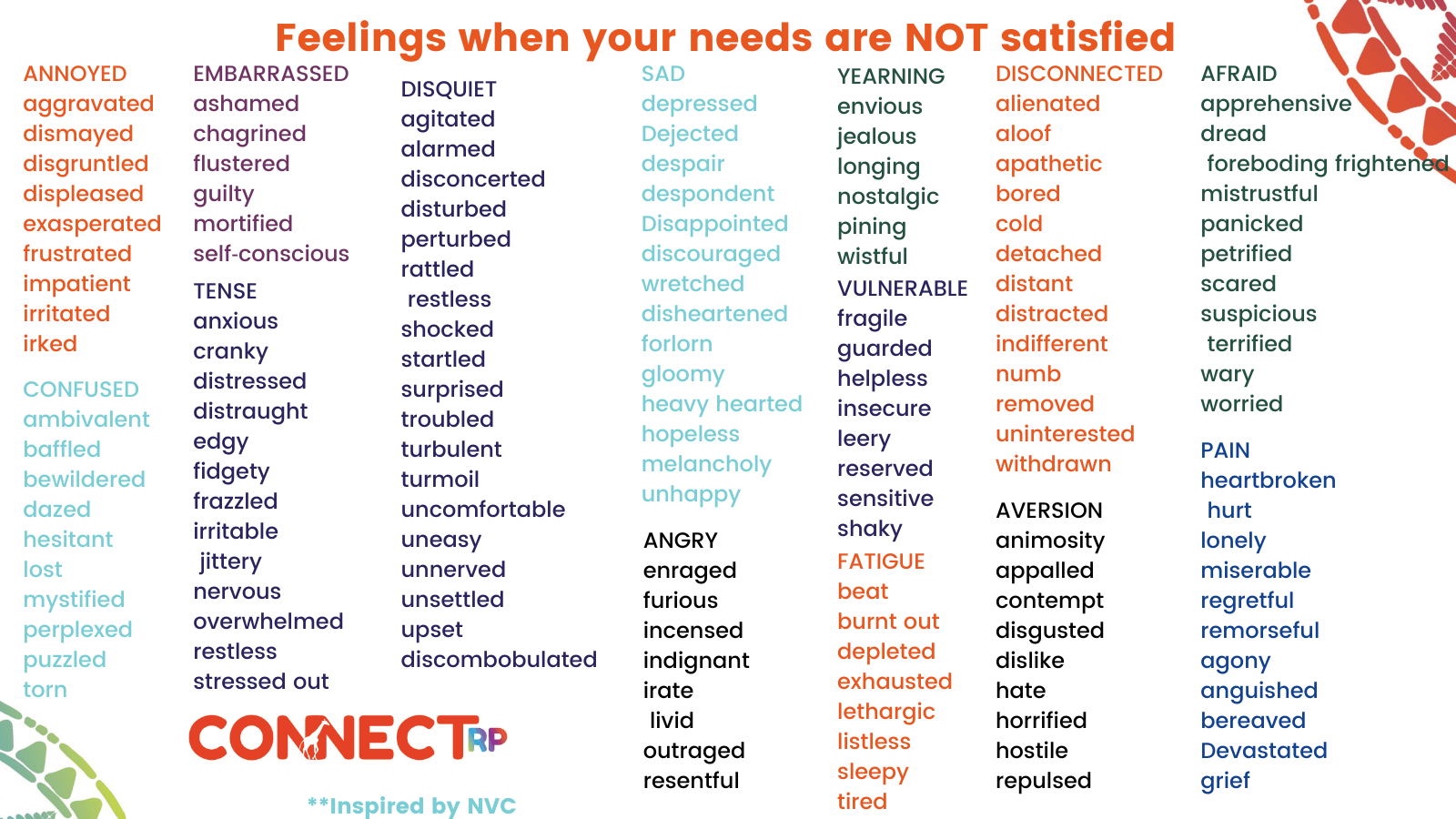
But remember the restorative language, the questions, the words, are just a compass or a scaffold, a potential opening. they are not a magic formula, there is none because RP isn't about tips and tricks to get the kids to behave, there is no list to tick to ensure 'success'. This is about relationships, it's about nurturing connection, empathy, safety and accountability and we can never underestimate the power of planting such seeds.
For me, as I illustrate well in my TEDx , 'success' lies in being who we want to be in the situation. It lies in liking yourself, modelling a way of communicating that we hope someone will mirror.
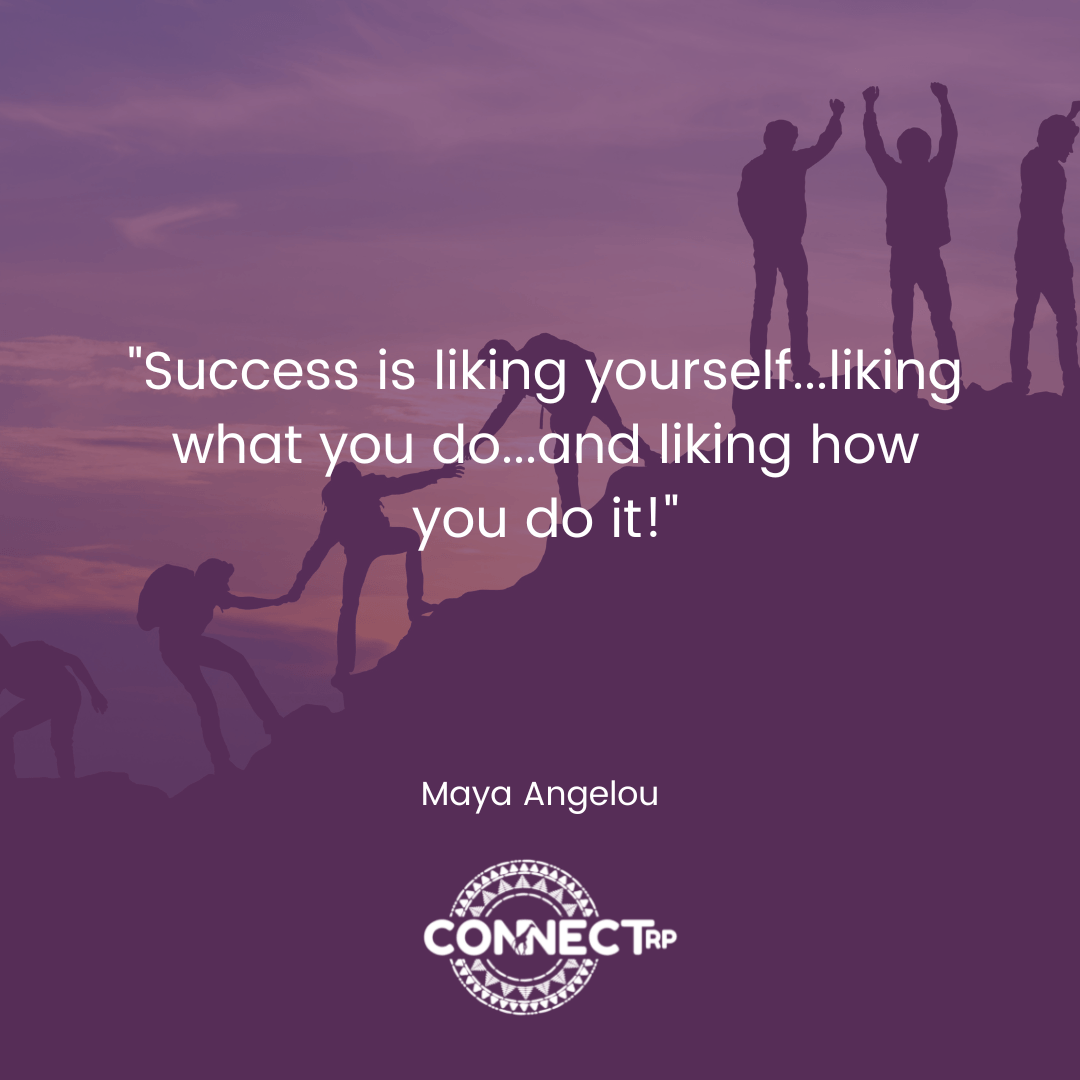
I always try to remember that the way we talk to our students will one day be the way they speak about themselves...
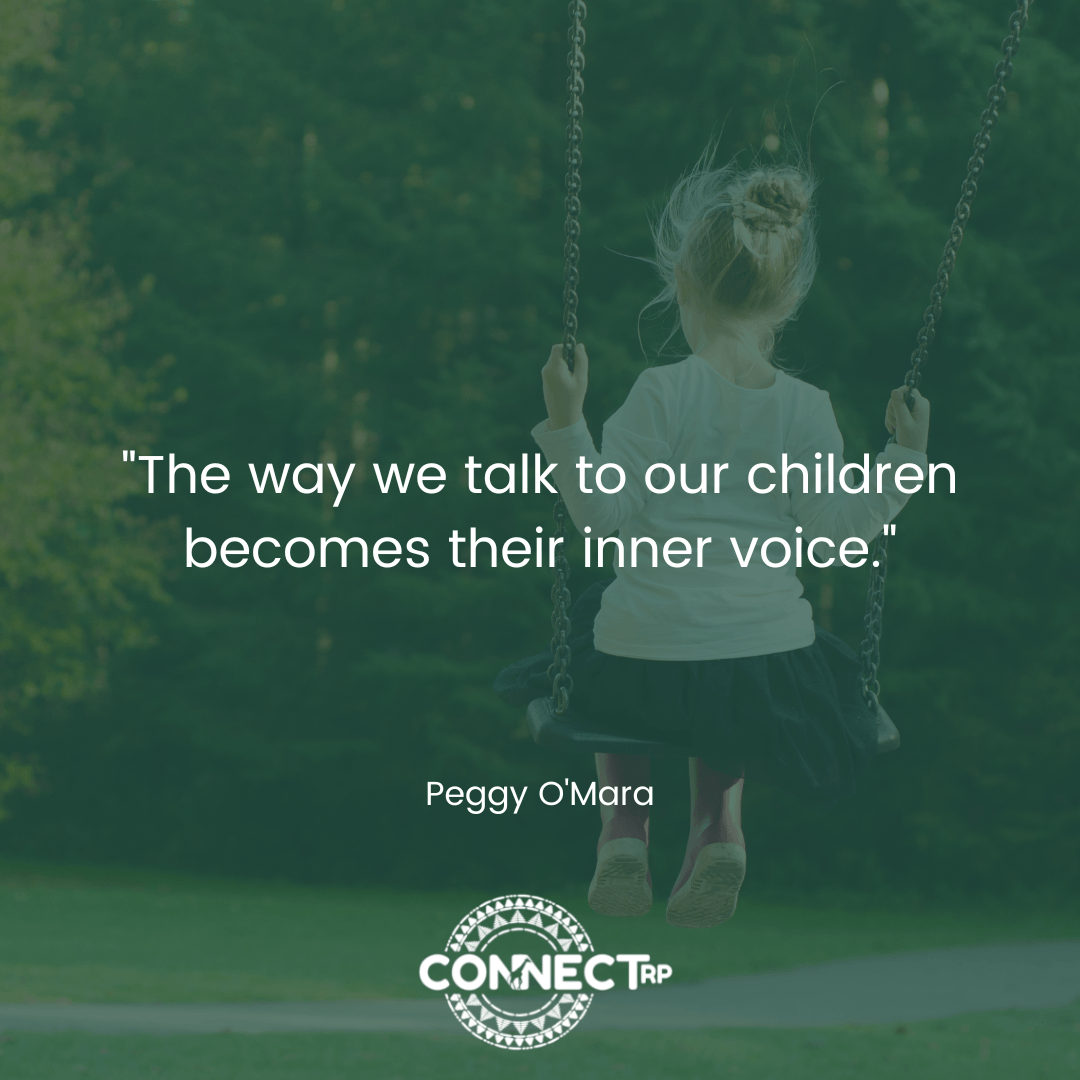
to appreciate how many affirmations it may take to erase one sarcastic or unkind throw away comment. I've wounded many students with my words over the years, I know I have. I didn't mean to, I hate to acknowledge it, but I am human. Being restorative isn't about being perfect or robotic, we'll make mistakes, we'll have bad days, we won't always get it right but RP offers a compass and the more we grow our relational literacy and emotional language the better equipped we are. After all, we need to remember that the only thing we can control about our students' behaviour is our own behaviour!

